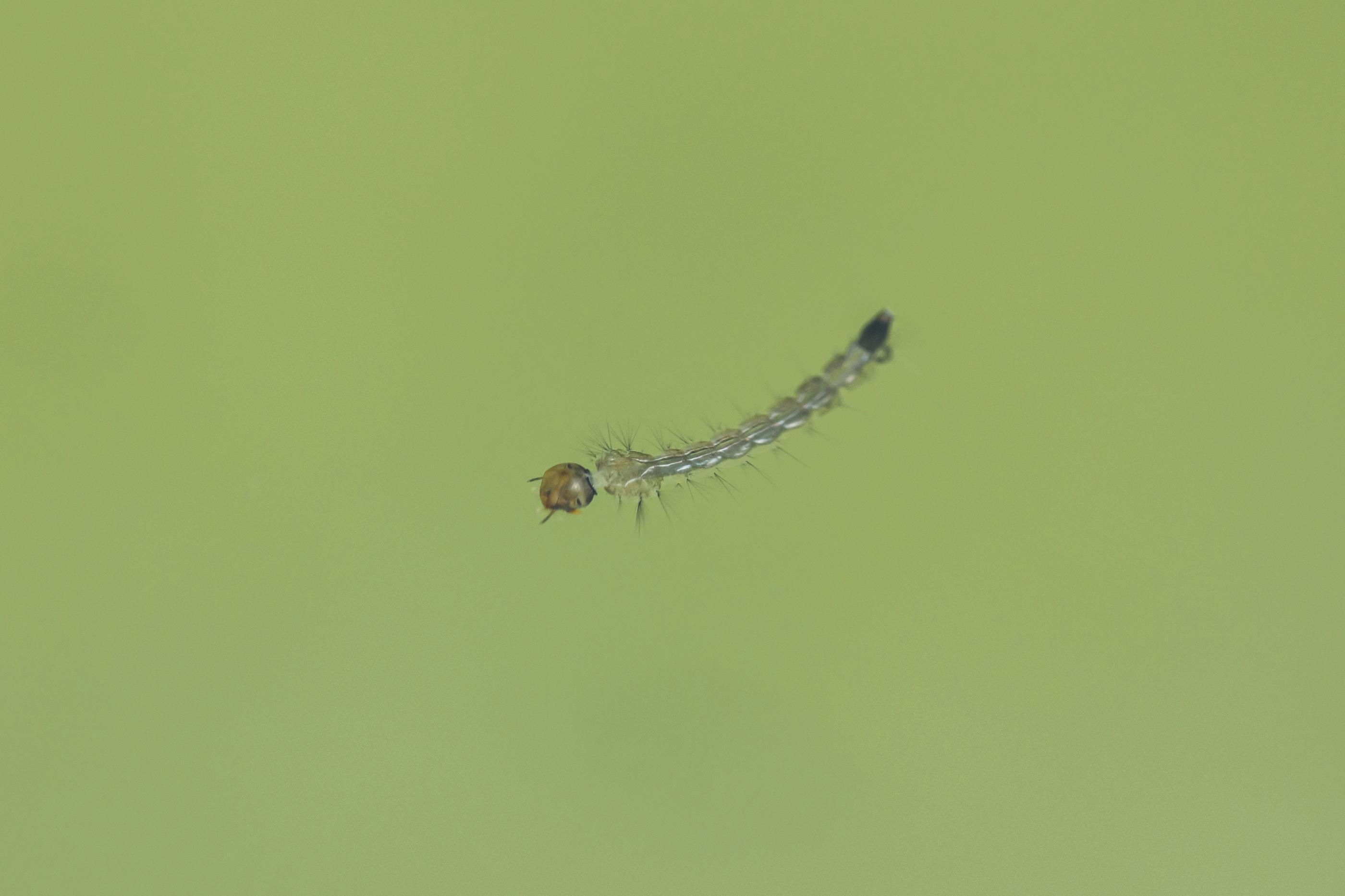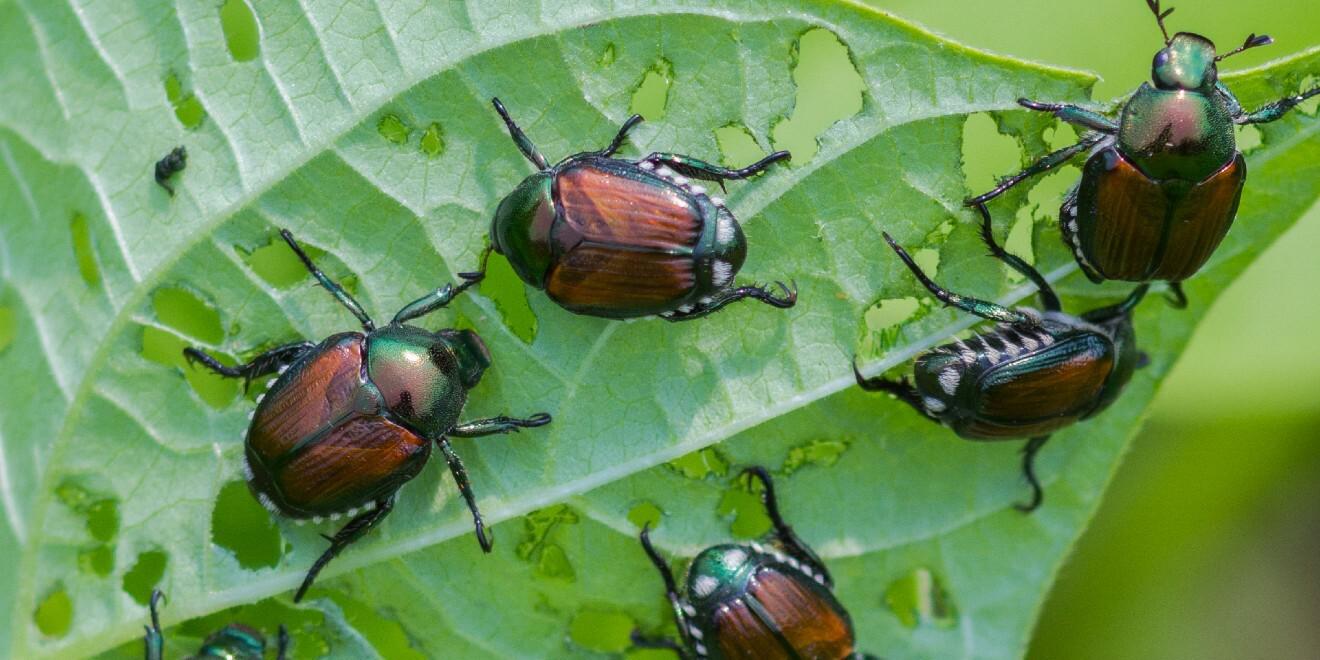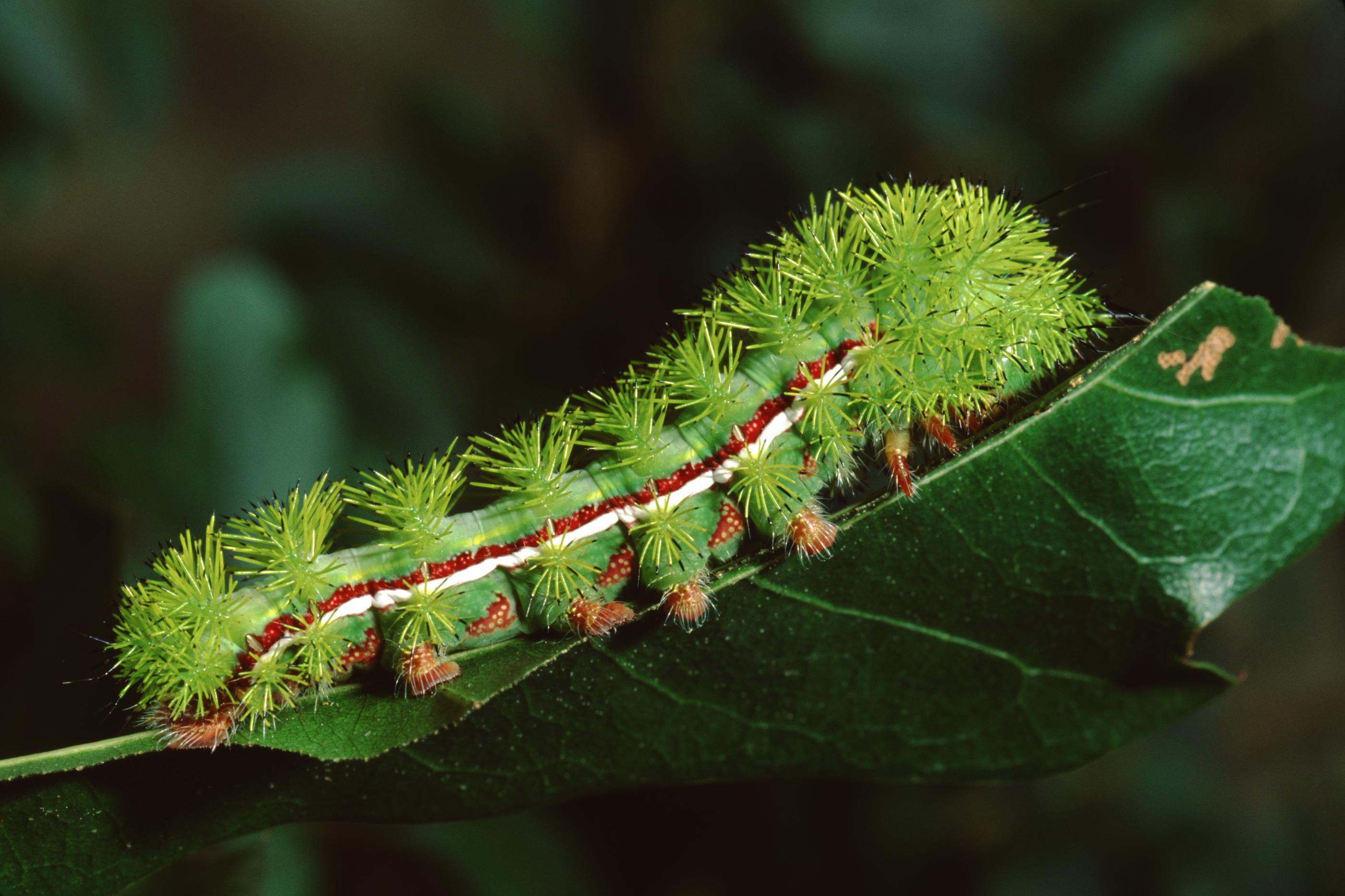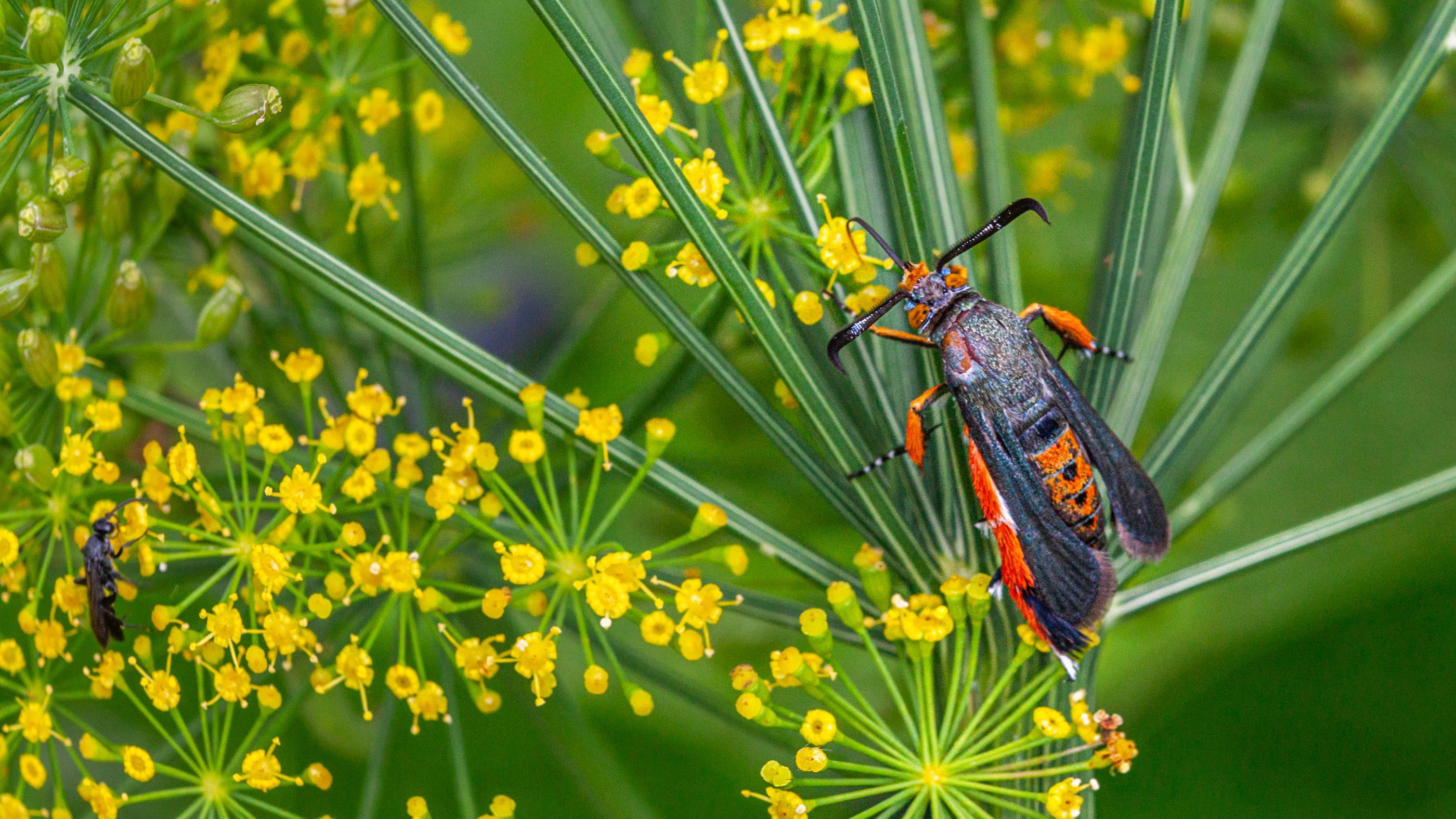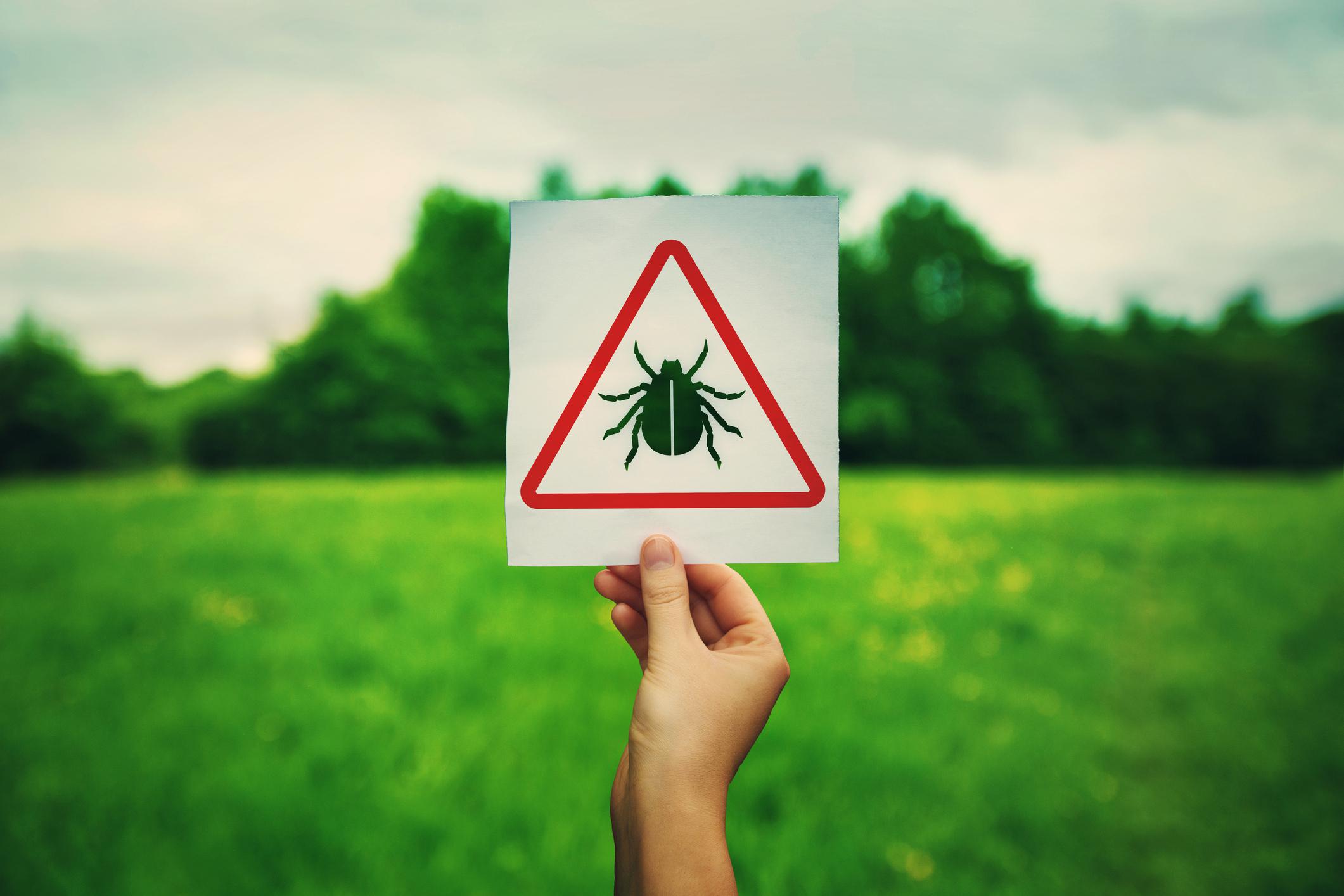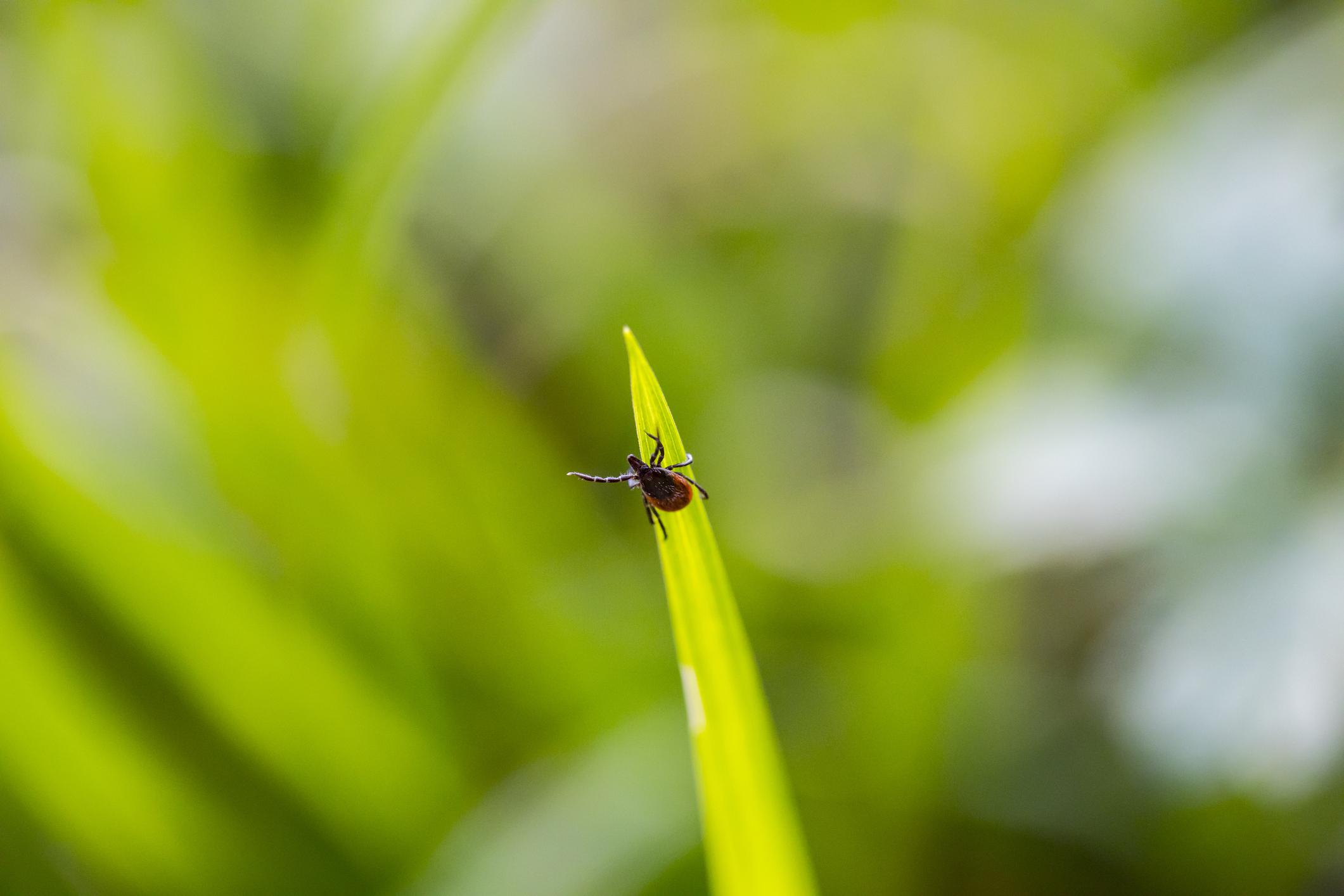Can a tick spread Lyme disease in less than 24 hours?
Posted by Mosquito Squad
December 20, 2023
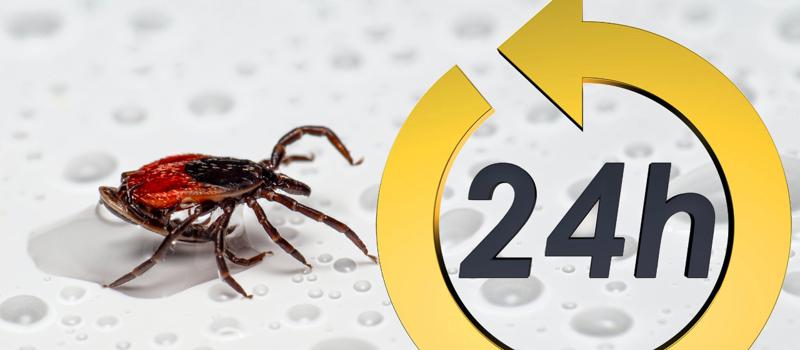
The blacklegged tick, also called the deer tick, could potentially pass Lyme disease in less than 24 hours of attachment, but it is very unlikely.
As disconcerting as it might sound that a human being could have a tick attached for literally days, this length of attachment is necessary to spread Lyme disease to its host. The typical time frame for a black-legged tick attachment that spreads Lyme infection is at least 24 hours, and up to 48 hours, at which time the tick becomes engorged with delicious blood, and simply falls off to continue its life cycle.
How is it possible for a tick to remain undetected for so long?
The biggest spreaders of Lyme disease are nymphs, and because they are very small, they are difficult to spot until engorgement. Tiny ticks carry Lyme disease and due to their diminutive size, they may go unnoticed for some time.
These tiny ticks spread Lyme disease. In the life stage prior to becoming nymphs, ticks are in their larval stage. Larval black-legged ticks feed on small mammals, many of which are the white-footed mouse. These mice very often have Lyme bacteria in their bloodstream.
The interesting and annoying thing about them is that tiny ticks love to attach themselves to inconspicuous areas of our bodies and our pets’ bodies.
A word of caution: before gardening, camping, hiking, or just playing outdoors, make preventing tick bites part of your plans.
Lyme disease is spread by the bite of an infected tick. In the United States, an estimated 476,000 infections are diagnosed and treated each year. If you camp, hike, work, or play in wooded or grassy places, you could be bitten by an infected tick.
You and your family can prevent tick bites and reduce your risk of Lyme disease by wearing protective clothing that covers normally exposed parts of your body when outside. You should also walk in the center of trails and avoid walking through tall brush or other vegetation when outdoors.
When returning indoors from outside activities, check your body – and those of your children – for ticks that could even be in your own yard. Search your entire body for ticks when you return from an area that may have ticks. Use a hand-held or full-length mirror to view all parts of your body and remove any tick you find. Take special care to check these parts of your body and your child’s body for ticks:
Under the arms
In and around the ears
Inside the belly button
On the back of the knees
In and around all head and body hair
Between the legs
Around the waist
Also, check your clothing and pets for ticks because they may carry ticks into the house, including ticks with white spots. Check clothes and pets carefully; and remove any ticks that are found. Place clothes into a dryer on high heat to kill ticks.
Tennessee ticks are not altogether avoidable, but there are ways to remain protected from tick bites.
The good news is that you can lower your chances of encountering ticks in Tennessee by being diligent both when outdoors and when you return indoors. Unfortunately ticks truly know no season.
Tennessee is home to six tick species. These include black-legged ticks, Lone Star ticks, Gulf Coast ticks, brown dog ticks, American dog ticks, and the Asian Longhorned tick. Altogether, these ticks are responsible for a multitude of potential tick-borne illnesses. And because ticks can still thrive in the cold Nashville months, Mosquito Squad of Nashville offers year-round tick control.
Trust Mosquito Squad of Nashville for your Brentwood tick control needs, throughout the year. Contact us at 615-492-3662.

